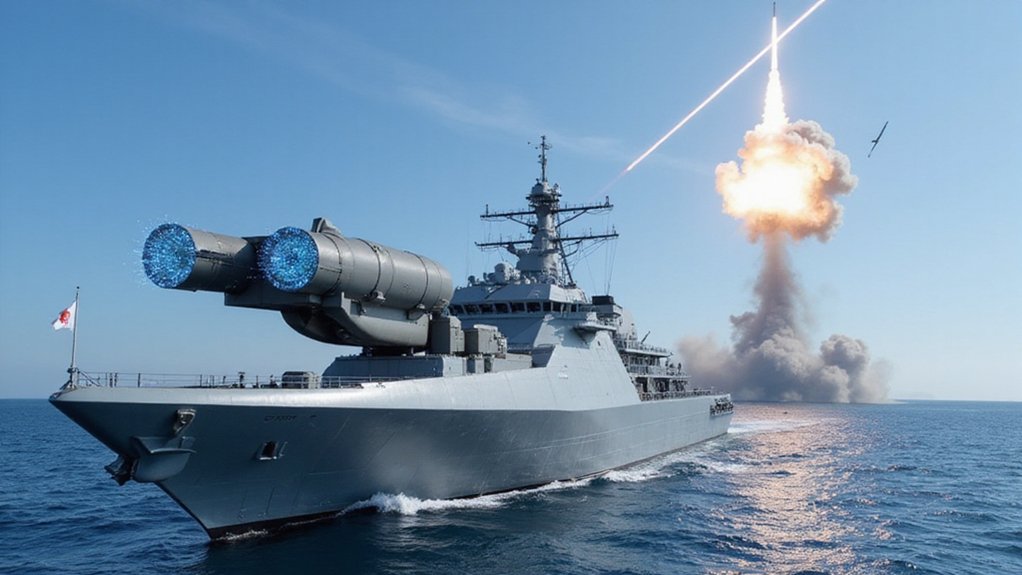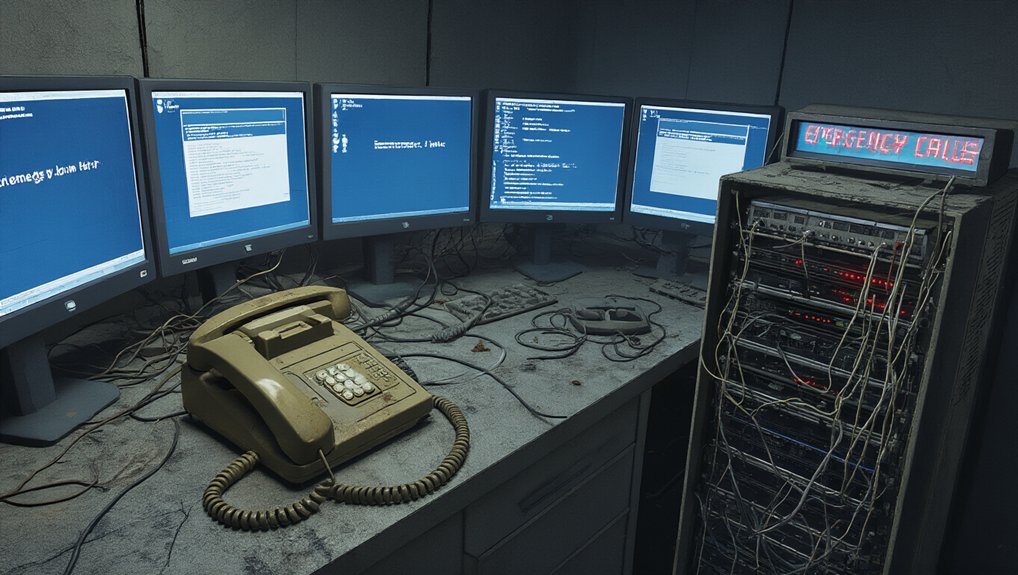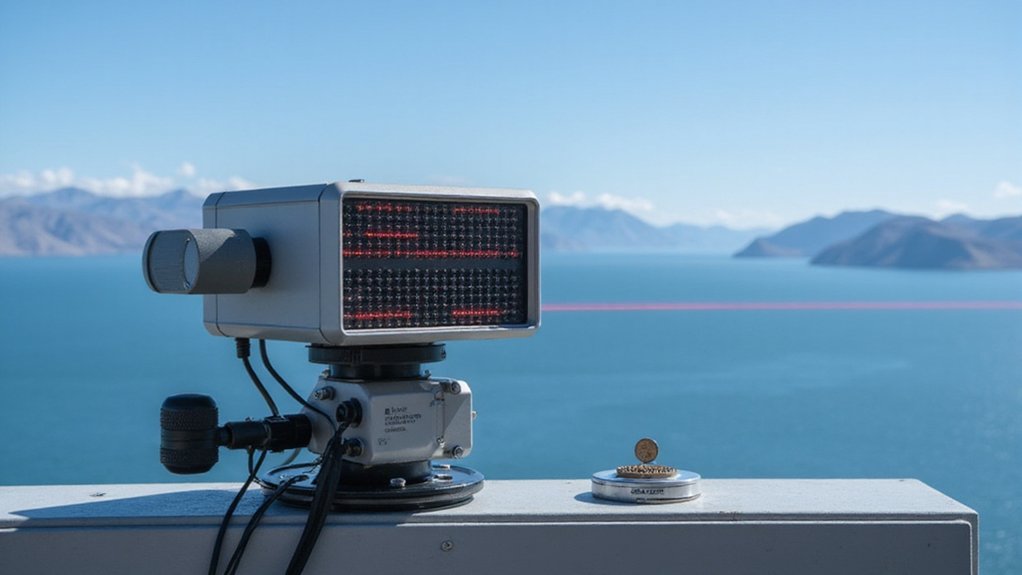Japan has successfully tested the world’s first operational hypersonic railgun. The weapon can fire projectiles at speeds over Mach 6.5 (nearly 5,000 mph), using strong magnetic fields instead of explosives. Mounted on the JS Asuka warship, it’s designed to intercept advanced missile threats from neighboring countries. The system destroys targets through kinetic energy alone, making it cost-effective. Japan plans to arm future destroyers with this groundbreaking defense technology.
While China and Russia are pushing ahead with hypersonic weapons, Japan is developing a powerful defense system of its own. Japan’s Ministry of Defense has successfully tested a groundbreaking railgun capable of firing projectiles at hypersonic speeds exceeding Mach 6.5, or nearly 5,000 mph. This makes it the world’s first operational hypersonic railgun for missile defense.
Japan counters hypersonic threats with world’s first operational defense railgun, firing projectiles at Mach 6.5.
The electromagnetic railgun uses strong magnetic fields instead of explosives to launch solid metal projectiles. The system has been mounted and tested aboard the JS Asuka, a testbed warship specifically designed to evaluate new naval technologies. Unlike traditional missile interceptors, the railgun doesn’t need explosive warheads – it destroys targets through sheer kinetic energy on impact.
Japan’s Acquisition Technology & Logistics Agency (ATLA) is leading this project as a direct response to growing hypersonic missile threats from neighboring countries. Development began in earnest in 2016 with ambitious goals for a muzzle velocity of 2000 m/s. The railgun can potentially intercept incoming missiles at longer ranges than current gun-based defense systems, effectively countering even advanced maneuvering hypersonic weapons that conventional systems struggle to hit.
The railgun is designed for rapid-fire capability, allowing multiple shots in quick succession – essential for defending against saturation missile attacks. It’s integrated with advanced sensors and fire control systems to track and engage fast-moving targets with precision. The technology has overcome significant challenges including immense power demands and cooling system requirements that previously led the U.S. Navy to shelve similar development efforts.
Future plans include arming Japan’s next-generation 13DDX-class destroyers with these electromagnetic railguns. This represents a significant shift in Japan’s defense strategy toward indigenous advanced technologies. Engineers have focused on maintaining rail integrity despite extreme forces and designing stable projectile acceleration.
The railgun approach is considered cost-effective compared to traditional missile interceptors, as each round costs substantially less without needing explosive components. While the projectiles do experience atmospheric deceleration after firing, their extreme initial velocity provides a significant advantage in reaction time for missile defense scenarios.
This breakthrough positions Japan at the forefront of hypersonic defense technology.









